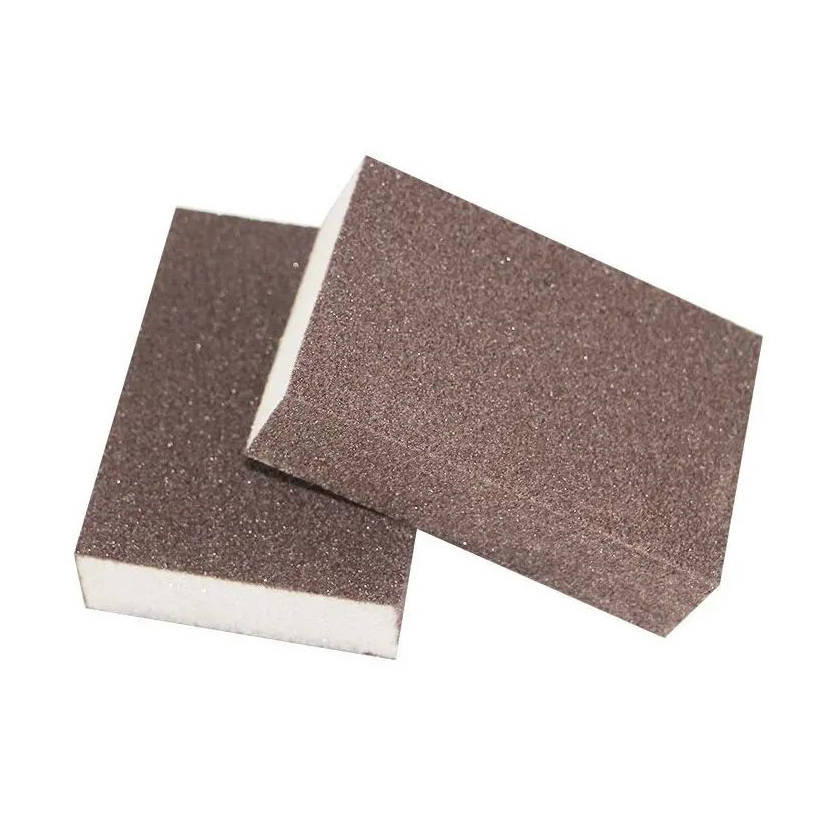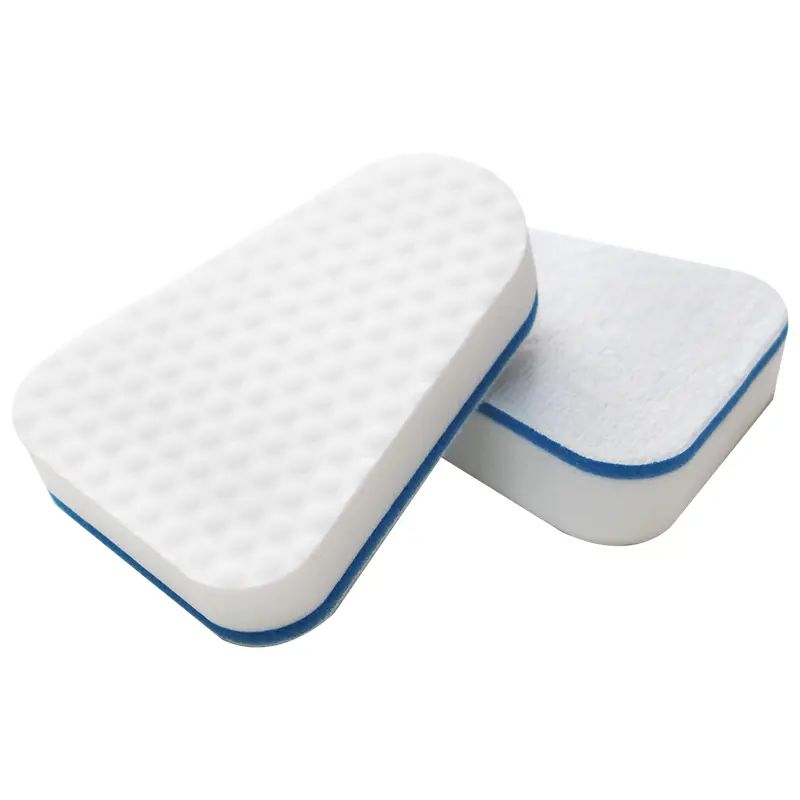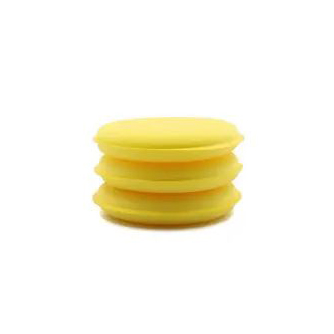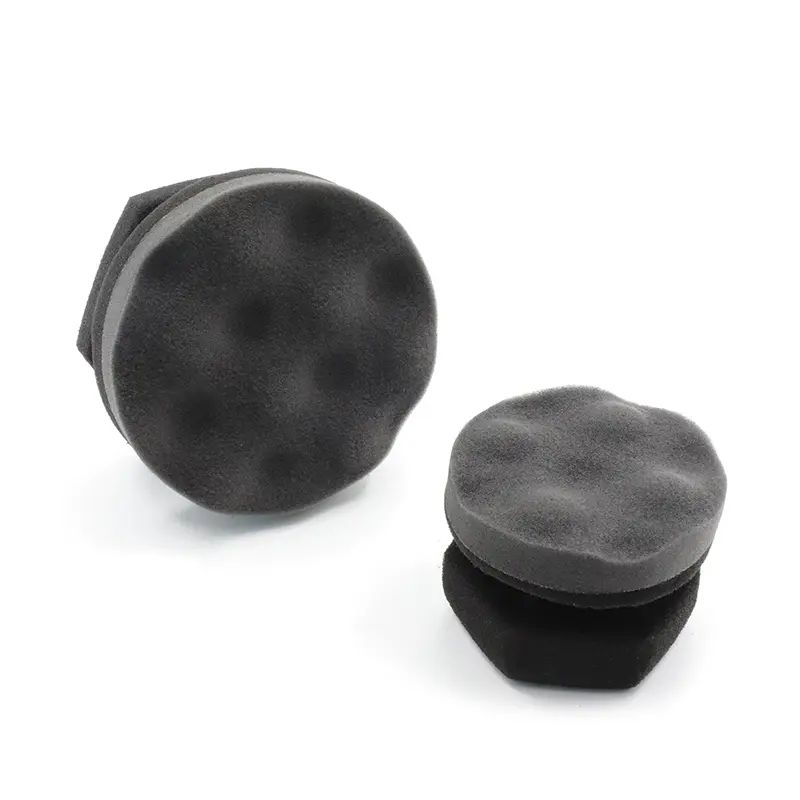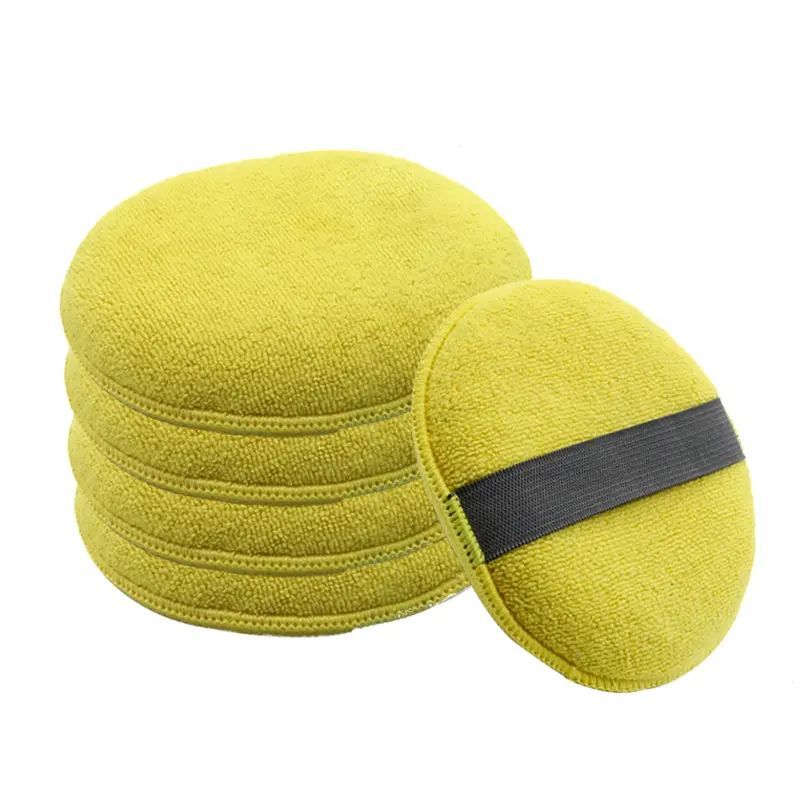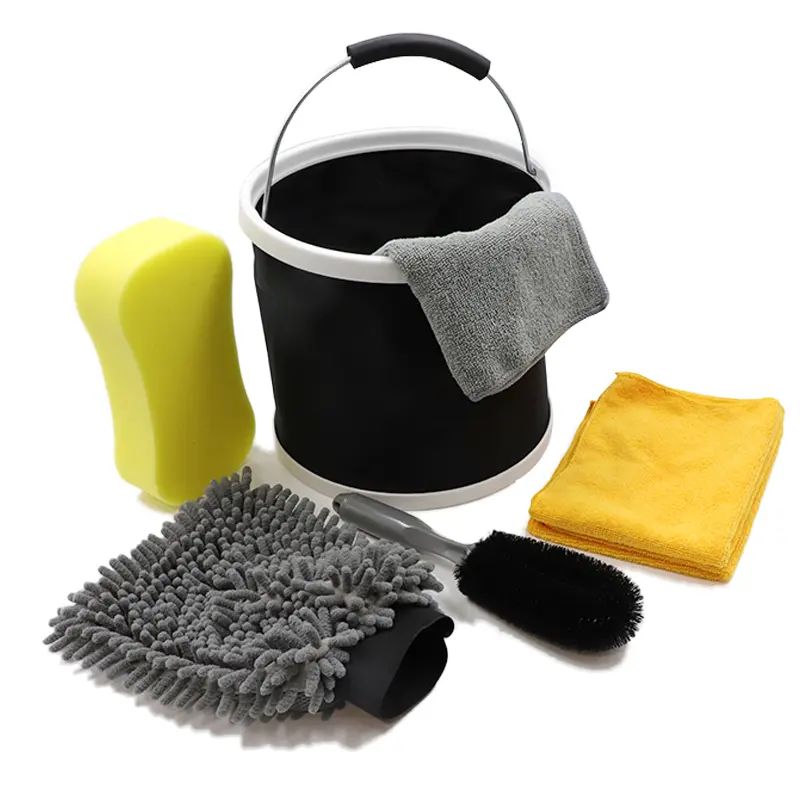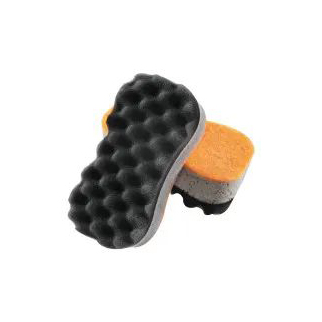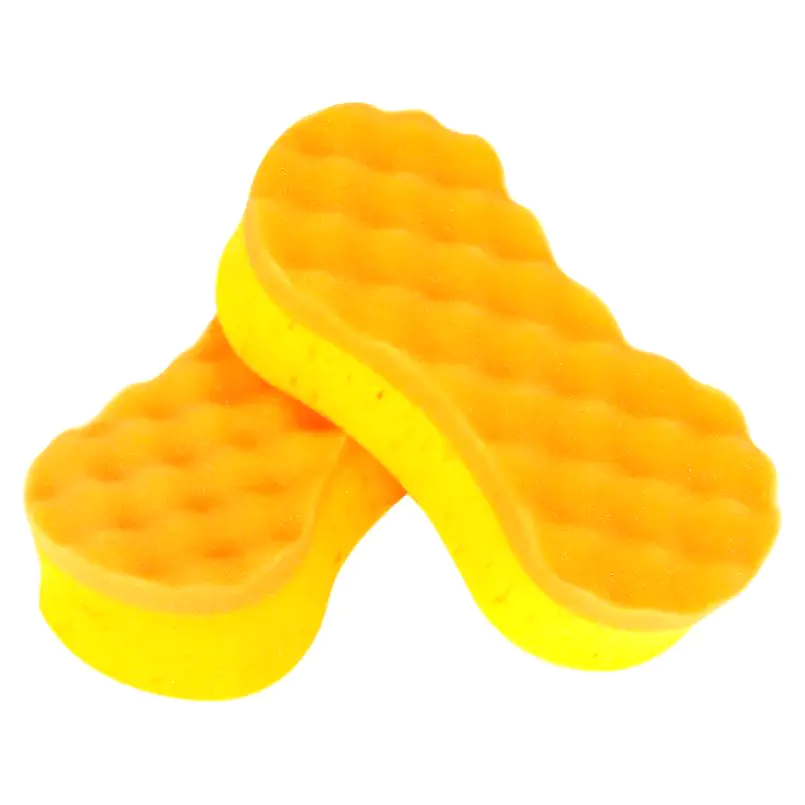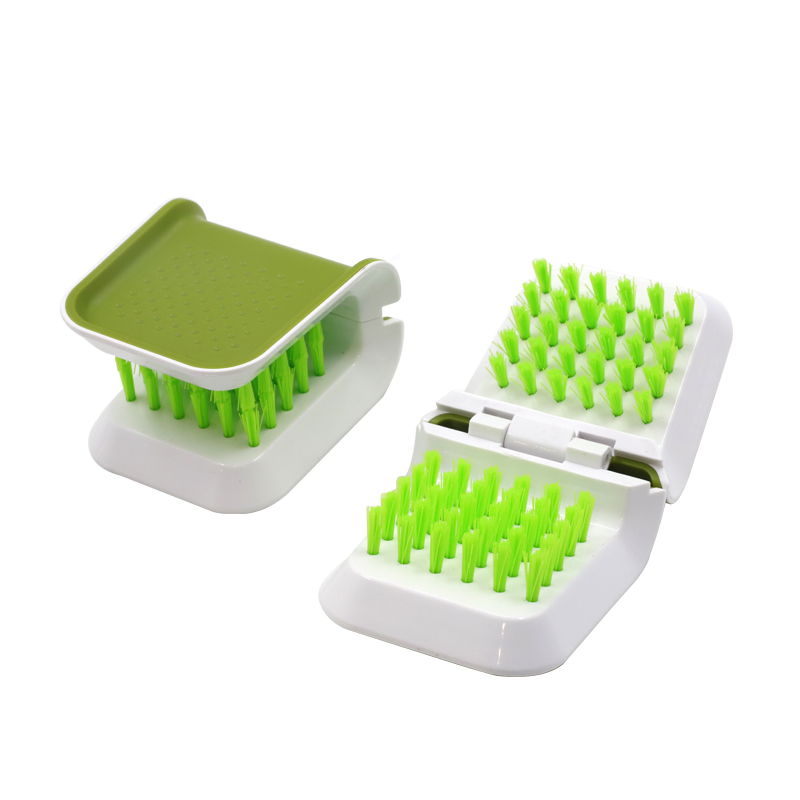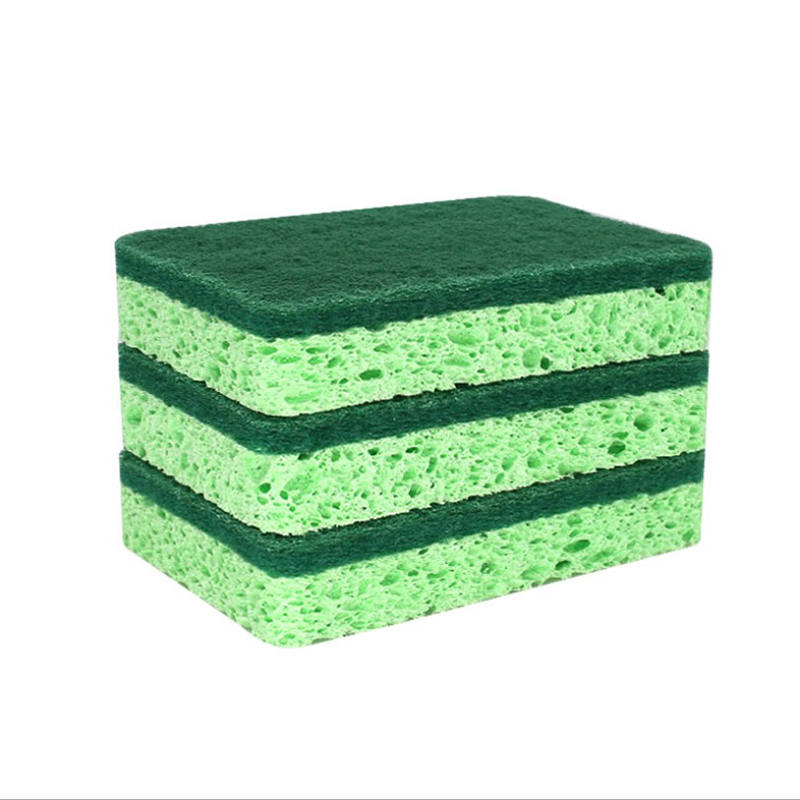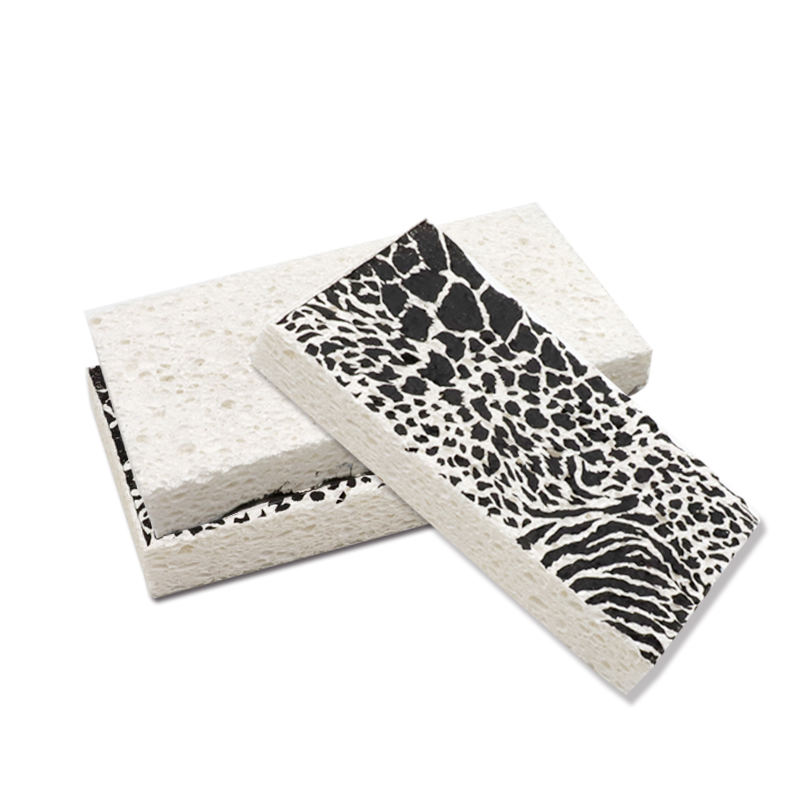How to properly maintain the Bath Sponge to avoid bacterial growth?
Washing and Drying Bath Sponges
To maintain the Bath Sponge's cleanliness over time, thoroughly rinse it after every use. During bathing, the sponge comes into contact with the skin, accumulating soap, oils, and dead skin cells. These materials create an environment conducive to bacteria and mold growth.
When washing, it is best to use hot water to effectively dissolve residues and dissolve bacteria. After rinsing with hot water, gently squeeze the sponge to remove moisture. Avoid wringing it out hard, as this can damage the sponge's fibers and shorten its life. Once squeezed, hang the sponge in an airy spot to dry.
Ventilation is the key to ensuring that the sponge can dry completely, because moisture provides an ideal growth environment for bacteria and mold. If the sponge stays wet for a long time, it can grow bacteria. It might emit a musty odor, influencing users' perceptions of it..
Place the sponge outside the bathroom or in a breezy location.. This helps air circulate and speeds up drying. It also ensures the bath sponge is fully cleaned and dried after each use.

Regular disinfection and deep cleaning
Even if you wash and dry your bath sponge every day, bacteria and mold may still remain deep in the sponge, so it is very important to disinfect and deep clean it regularly.
Once a week, you can soak the sponge in warm water and add a small amount of antibacterial soap, or use a few drops of essential oils with antibacterial properties, such as tea tree oil or lavender oil. These natural ingredients have antibacterial, deodorizing and anti-mold effects, which can effectively remove bacteria and mold that may be present in the sponge.
After soaking, gently rub the sponge and rinse it thoroughly with clean water. To further ensure that the sponge is thoroughly clean, you can put the sponge in the washing machine to wash it. Choose a gentle wash cycle and use warm water instead of hot water, as high temperatures may damage the fiber structure of the sponge.
If the sponge material allows, you can also put it in the dishwasher to wash it. It is usually recommended to use the upper rack of the dishwasher, which can more thoroughly remove dirt and kill bacteria.
In addition to regular disinfection, you should also avoid storing the sponge in a humid environment for a long time during daily use. The humid air in the bathroom often keeps the sponge from drying. This creates a perfect place for bacteria and mold to grow. After use, the sponge should be placed in a dry and ventilated place as much as possible.
Regular replacement and antibacterial selection
The service life of the bath sponge can be effectively extended through daily cleaning and disinfection, but the sponge is a consumable after all. As the use time increases, its fibers will gradually wear out, and dirt and bacteria may also accumulate in the deep layers of the sponge. Regular replacement of bath sponges is the key to ensuring hygiene and avoiding cross-infection.
Generally speaking, the replacement cycle of bath sponges is every 3 to 6 months, depending on the frequency of use and maintenance of the sponge. If the sponge begins to crack, break or have a noticeable odor, it means that it has lost its original cleaning function and should be replaced in time.
Choosing a sponge made of antibacterial material can further reduce the growth of bacteria and mold and improve hygiene protection during use. This type of sponge usually has antibacterial ingredients added to the material, which can effectively inhibit the growth of bacteria, reduce odor and maintain a long-term cleaning effect.
To avoid cross-infection, bath sponges should be personal and not shared with others. Sponges touch the skin, which makes it easy for them to spread bacteria and fungi. They are more likely to grow harmful germs in a humid environment. By changing your sponge often and using antibacterial products, you can lower the risk of spreading bacteria. This keeps you safe and clean every time you bathe.
PREVNo previous article
NEXTWhat are the unique water absorption properties of wood pulp fiber sponge?
News Category
- Company News(31)
- Industry News(117)

 简体中文
简体中文 English
English 日本語
日本語 русский
русский Español
Español عربى
عربى